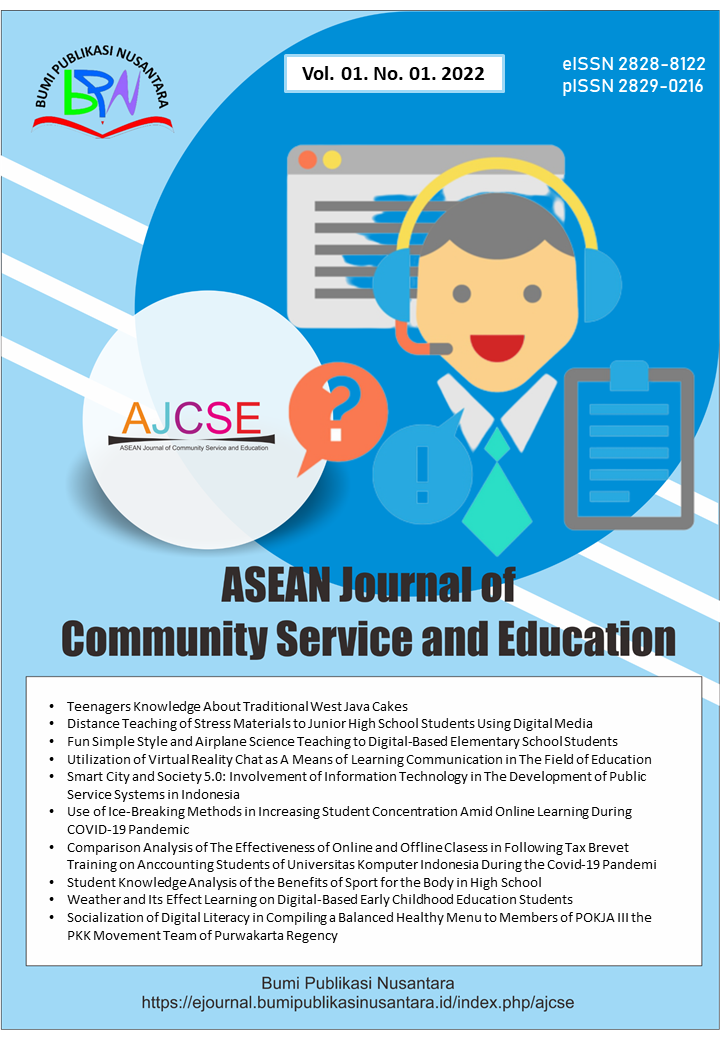Urbanization and Urban Development in Telangana: Community Service Perspective
 ), P. Padmanabha Rao(2),
), P. Padmanabha Rao(2),
(1) The Centre for Economic and Social Studies
(2) The Centre for Economic and Social Studies
 Corresponding Author
Corresponding Author
Abstract
Keywords
References
metropolitan hyderabad. Urban and Regional Planning and Development: 20th Century Forms and 21st Century Transformations, 2020, 203-219.
Arakeri, S., and Hazarika, D. (2020). An analysis of demographic features in India. Journal of Applied Management and Advanced Research, 2(1), 01-11.
Edukondalu, K. (2017). Urban regional centers growth in India-A Study in Telangana. Desh Vikas, 4(2), 167.
Gomes, S. L., Hermans, L. M., Chakraborty, S., Luft, S., Butsch, C., and Banerjee, P. S. (2023). Comparative analysis of local adaptation processes in the future across peri-urban India to support transformations to sustainability. Global Environmental Change, 82, 102721.
Gounaridis, D., Chorianopoulos, I., Symeonakis, E., and Koukoulas, S. (2019). A random forest-cellular automata modelling approach to explore future land use/cover change in Attica (Greece), under different socio-economic realities and scales. Science of the Total Environment, 646, 320-335.
Guo, X., Deng, M., Wang, X., and Yang, X. (2023). Population agglomeration in Chinese cities: Is it benefit or damage for the quality of economic development?. Environmental Science and Pollution Research, 2023, 1-13.
Gupta, K. (2020). Challenges in developing urban flood resilience in India. Philosophical Transactions of the Royal Society A, 378(2168), 20190211.
Hatab, A. A., Ravula, P., Nedumaran, S., and Lagerkvist, C. J. (2021). Perceptions of the impacts of urban sprawl among urban and peri-urban dwellers of Hyderabad, India: A latent class clustering analysis. Environment, Development and Sustainability, 24, 1-26.
Junaid, M. M., Idris, N., Ogah, D., and Marcus, N. (2021). Drivers of slum development in the karu local government, Nasarawa State Nigeria. International Journal of African Sustainable Development, 13(2), 54-68.
Korotayev, A. V., Sawyer, P. S., and Romanov, D. M. (2021). Socio-economic development and protests: A quantitative reanalysis. Comparative Sociology, 20(2), 195-222.
Nijman, J., and Wei, Y. D. (2020). Urban inequalities in the 21st century economy. Applied Geography, 117, 102188.
Pankaj, P. K., Gaur, M. K., Nirmala, G., Maruthi, V., Pushpanjali, Samuel, J., and Reddy, K. S. (2020). Diversification and land use management practices for food and nutritional security under the climate change scenario in arid and semi-arid regions of India. Food Security and Land Use Change under Conditions of Climatic Variability: A Multidimensional Perspective, 2020, 281-309.
Pilot, E., Murthy, G. V. S., and Nittas, V. (2020). Understanding India’s urban dengue surveillance: A qualitative policy analysis of Hyderabad district. Global Public Health, 15(11), 1702-1717.
Prathap, T. S., Ali, M. A., and Kamraju, M. (2019). An overview of social development in Telangana State. Asian Journal of Multidimensional Research (AJMR), 8(4), 9-21.
Profiroiu, C. M., Bodislav, D. A., Burlacu, S., and Rădulescu, C. V. (2020). Challenges of sustainable urban development in the context of population growth. European Journal of Sustainable Development, 9(3), 51-51.
Sampson, A. P., Weli, V. E., Nwagbara, M. O., and Eludoyin, O. S. (2021). Urban growth dynamics and land use change in port harcourt metropolis, nigeria between 1986 and 2020. International Journal of Progressive Research in Science and Engineering, 2(11), 47-56.
Sarkar, R. (2019). Urbanization in India before and after the economic reforms: What does the census data reveal?. Journal of Asian and African Studies, 54(8), 1213-1226.
Srikanth, K., and Swain, D. (2022). Urbanization and land surface temperature changes over Hyderabad, a semi-arid mega city in India. Remote Sensing Applications: Society and Environment, 28, 100858.
Tripathi, S. (2019). Determinants of cloud computing intentions to use: Role of firm’s size, managerial structure and industrial sector. Journal of International Technology and Information Management, 28(2), 51-92.
Vani, M., and Kamraju, M. (2016). Impact of urbanisation on lakes: A case study of hyderabad. Journal of Urban and Regional Studies, 5(1), 2350-1162.
Venkatesham, E. (2023). Regional reflections of urbanisation in Andhra Pradesh. International Journal of Multidisciplinary Educational Research, 11(12), 118-134.
Article Metrics
Abstract View : 921 times
: 921 times Download : 435 times
Download : 435 times
Refbacks
- There are currently no refbacks.
Copyright (c) 2023 Bumi Publikasi Nusantara

This work is licensed under a Creative Commons Attribution-ShareAlike 4.0 International License.







